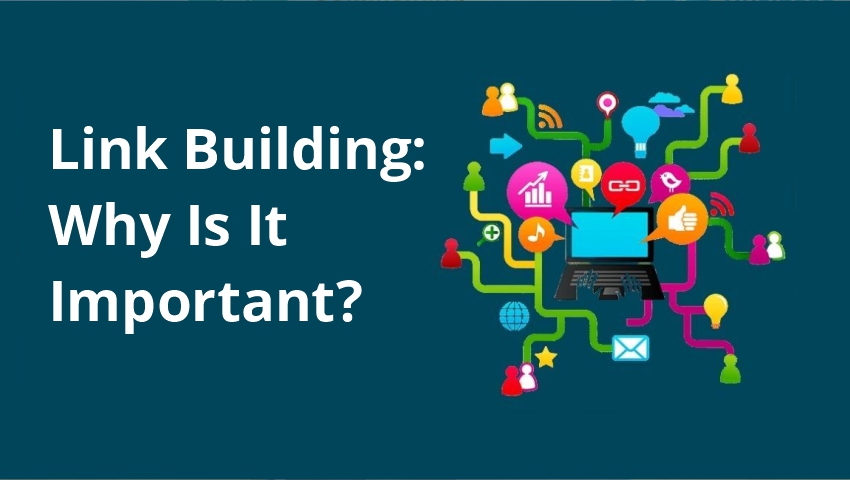A website with a one-page design has all of the information on a single page. One-page websites have more visual impact, more white space, and a much easier approach to express an important point than traditional multi-page websites. The one-page website (sometimes known as a single-page website) is a relatively new web design concept. The concept’s success is determined by how well it is executed and how well it supports the brand. One of the most important things to consider when building this type of site is that your message must be concise and to the point while also engaging. Before attempting to create a one-page design, it is critical to understand who your target audience is and what they are searching for. Also is a beautiful example of order, simplicity, and conciseness. Organizing a website to ensure that content and navigation remain on the same page is not without challenges, but users will attest to a flawless and efficient user experience when properly executed. When all of the content fits nicely in a one-scroll page, visitors will find all the information they need about your product in one place, so they do not have to browse other sites.
What makes a good one-page website design: Here are the useful tips
Optimize the Location of Text Blocks
If a single-page website has too many text blocks, conversion rates may be adversely affected. The thing is that the single page format itself creates as short a chain of steps as possible from the user’s perspective: visit, decide you need it, buy it (or take some other action suggested by the site owners’ call to action). If you overburden a user with text to read and waste their precious time during the second stage, they might as well abandon the site early. Place only the information that leads directly to the CTA button, and later, summarize it.
Work On Scrolling
Attention is especially given to scrolling: apart from the most basic form of scrolling, which is from top to bottom, there are ways to automatically scroll to the middle or even the end of the page. These methods are clearly practical, but scrolling can be unusually organized in more traditional ways, such as a parallax effect in which the background image moves more slowly in contrast to the front elements ( It moves in place more smoothly as the scrollbar moves up and down (button and text blocks are the default front-end elements).
Adapt a Website For Mobile Devices
If you have a ready-made CMS such as WordPress, adapting it to the mobile version should not pose any problems. You can also decide to build a single-page website from scratch, using a custom engine. In this case, you’ll need to create an adaptive design that automatically scales to the display of mobile devices.
Pay attention to the background
The homepage background is the first thing we see when we launch any website. If web developers had chosen the most neutral images or single-tone wallpapers about 5-7 years ago, today something more active is preferred, be it a weight loss site or an ICO resource., The background must not overshadow the rest of the text, so it would be best to use a pastel-toned photo or a grey-shaded image (such as a themed black and white photo). Try to avoid using animation as a background if it is not necessary, as it does not always load properly in all browsers and can seriously degrade the overall speed of the site.
Select the most appropriate color scheme and font type.
Have you still been asking yourself “how to create a one-page website?” Those bold, garish fonts that dominated sites from the 90s or early 2000s are long gone. Minimalism has been a hot topic for several years now, just look at the design of any iOS application. The web and mobile development community would probably consider it an essential piece of software. As for the color scheme, it must match the background. Keep in mind, also, that many displays may distort colors, so brighter shades may look neon to some users.
Provide Quality UX
Firstly, a few words on navigation and then creating a single-page website. The goal is to provide intuitive navigation, which is not difficult to achieve. You just need to split all the text into logical sections, place the navigation menu at the top of the page (for example in the header), and ensure that one can find something (via automatic scrolling ) by clicking on some of the menu items.
Develop a Working CTA
CTA stands for Call To Action and is very effective and should have to work CTAs. Let’s define what CTAs are for starters. It is a graphical element that entices or motivates site visitors to perform certain actions, such as buying, downloading, subscribing to a newsletter, etc. In other words, a CTA must tell the user directly what to do and what the webpage owner expects of them.
Emphasize the Contact Block
We think that for this purpose, we strongly recommend putting all of your phone numbers, addresses, social media accounts, and blogs in a separate block at the top of the site. This piece of advice is often ignored by web developers, and as a result of the site, visitors have to scroll all the way down to the bottom of the page, which can be a very cumbersome task.
As you can see, there are many things to consider when it comes to creating a good one-page website design. Of course, there is always a way out. And if you’re not set to go deep into learning how to develop a single-page website but want a fully built solution as soon as possible, let us assist you in building One-page website design in Hubli. Eneblur Consulting is a professional web design agency in Hubli and the best web designer in Hubli. We design a one-page website adapted to the exact demands of your business with a simple and affordable website for small businesses in no time. The results will wow you. Contact us today and we will explain how our services work!
For the Demo, website Click on the link below
Below are a couple of one-page websites done by
the Eneblur Consulting Team
https://www.aragienterprises.com/
http://am-associates.in/
https://www.digitalmarketinghubli.com/single-page/







